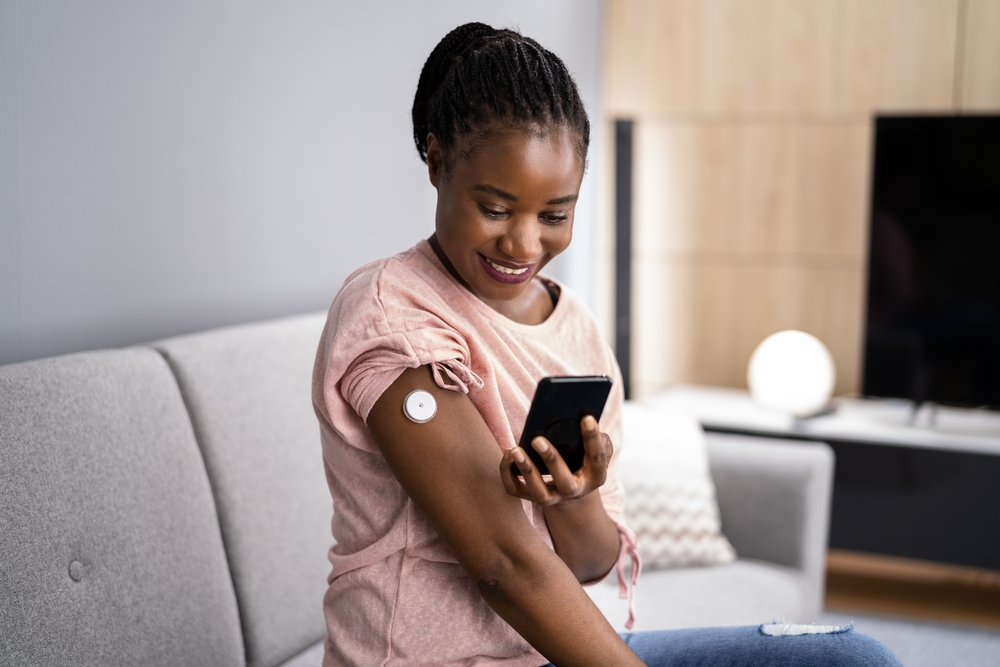
Methods of healthcare delivery utilizing electronic communication, such as telehealth, have empowered healthcare delivery to extend beyond conventional clinical environments and more easily reach patients in the comfort of their own homes. These innovations have rapidly advanced the way clinicians can provide care and how patients engage with their health.
Remote patient monitoring (RPM), a technology-driven approach that holds the potential to reshape the doctor-patient dynamic is a prime example that we’ve witnessed act as a key game-changer in the field. By enabling healthcare professionals to monitor patients’ vital signs, symptoms, and conditions from a distance, remote patient monitoring transcends the traditional boundaries of medical care.
This article delves into the primary benefits of remote patient monitoring for clinicians and patients alike, spotlighting the advantages of easy access to patient data, enhanced management of chronic conditions, and unprecedented boosts in efficiency.
Ease of Access to Patient Data:
Gone are the days of relying solely on sporadic in-person appointments and fragmented paper-based medical records. With remote patient monitoring, clinicians gain unparalleled access to real-time, comprehensive patient data. Weight, blood pressure, glucose levels, and more are seamlessly transmitted to medical professionals through connected devices. This constant flow of information allows physicians to form a holistic understanding of their patients’ health, leading to more informed decisions and personalized treatment plans.
No longer confined by geographical barriers, clinicians can effortlessly keep track of patient progress, make timely interventions, and provide guidance, regardless of the patient’s location. Furthermore, with secure access to valuable patient data remotely, hospitalizations can be prevented, and the onset of long-term complications, depending on the underlying disease, such as microvascular strokes or heart attacks, either prevented or postponed.
Better Manage Chronic Conditions and Social Determinants of Health (SDOH):
While patients might possess the desire to visit a doctor, various factors like transportation challenges or physical constraints can hinder their ability to reach the clinic. These types of obstacles are commonly referred to as Social Determinants of Health (SDOH) and are classified as the conditions in which people are born, grow, live, work, and age, and can significantly impact a person’s overall health and well-being.
Remote patient monitoring can help address these issues by relieving patients from the costs associated with travel, all the while enhancing the caliber of their care. Bringing forth additional benefits, this enhanced accessibility can potentially lead patients to develop a more favorable perception of healthcare services, recognizing its potential for being prompt, tailored, and conveniently accessible within the confines of their own homes.
For patients grappling with chronic conditions such as diabetes, hypertension, and heart disease, remote patient monitoring is a refreshing tool that can seamlessly be implemented into their health plan. Ongoing monitoring of vital signs empowers both patients and clinicians to detect fluctuations and trends early on, preventing complications and hospitalizations. By remotely overseeing medication adherence and lifestyle modifications, clinicians can offer timely adjustments and interventions, leading to improved disease management. This pivotal collaboration between doctors and patients fosters a sense of empowerment, as individuals take an active role in their health journey with the confidence that professional guidance is just a click away.
Increased Efficiencies:
Efficiency is an objective of modern healthcare, and remote patient monitoring supports that. Clinicians can efficiently allocate their time and resources by prioritizing patients who require immediate attention, while also dedicating focused efforts to those with chronic conditions. Incorporating connected health devices within remote patient monitoring grants healthcare providers swift access to precise patient information, encompassing an array of tools like implantable devices, biometric sensors, pulse oximeters, blood pressure cuffs, and glucometers. When integrated into remote patient monitoring solutions, these devices – along with the invaluable data they supply – play a pivotal role in expediting diagnoses and enabling prompt adjustments to treatment plans.
These targeted approaches not only optimize the patient experience but also allow healthcare providers to streamline their workflows and minimize administrative burdens. Furthermore, remote patient monitoring reduces the strain on healthcare facilities, curbing unnecessary hospital visits and readmissions. By harnessing the power of data-driven insights, clinicians can allocate resources more effectively, resulting in cost savings and an overall improved healthcare ecosystem.
The era of remote patient monitoring is ushering in a new era of healthcare, characterized by data-driven insights, personalized care, and efficient resource utilization. The benefits for both clinicians and patients are undeniable, from the ease of accessing real-time patient data to the improved management of chronic conditions and the substantial increase in healthcare efficiencies. As this technology continues to evolve, the potential to reshape healthcare delivery is boundless, offering a promising future where the doctor-patient relationship is stronger, more collaborative, and ultimately, more impactful.
Click here to learn more on how to enhance patient care through remote patient monitoring.












